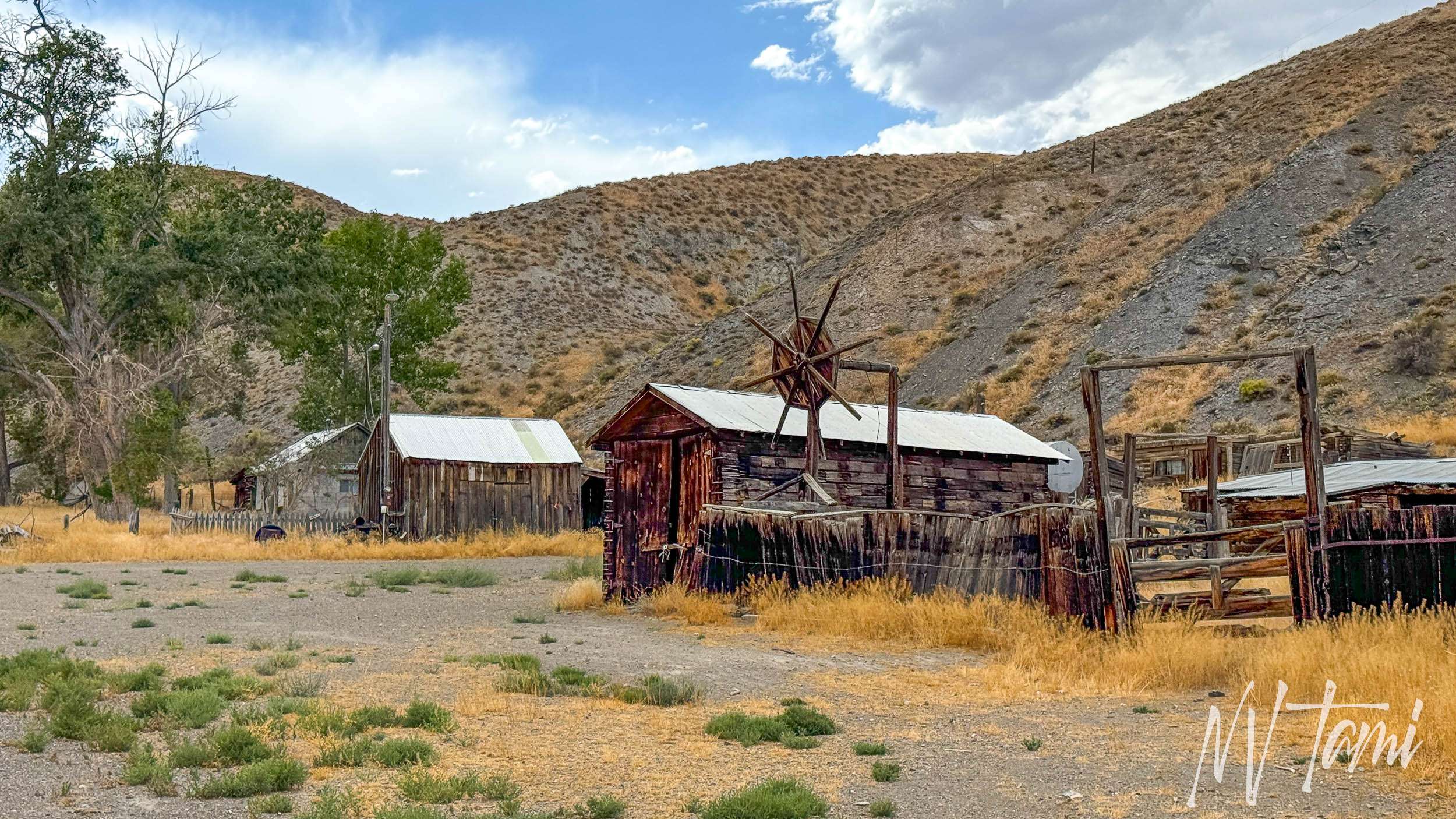
Preble is a blip on the map of Nevada history. A railroad stop, the settlement never grew beyond a small station. However, the Pinson Ranch at Preble was an active place, with people coming and going and even a posse hunt ending in the tragic death of one of Nevada’s most famous sheriffs.
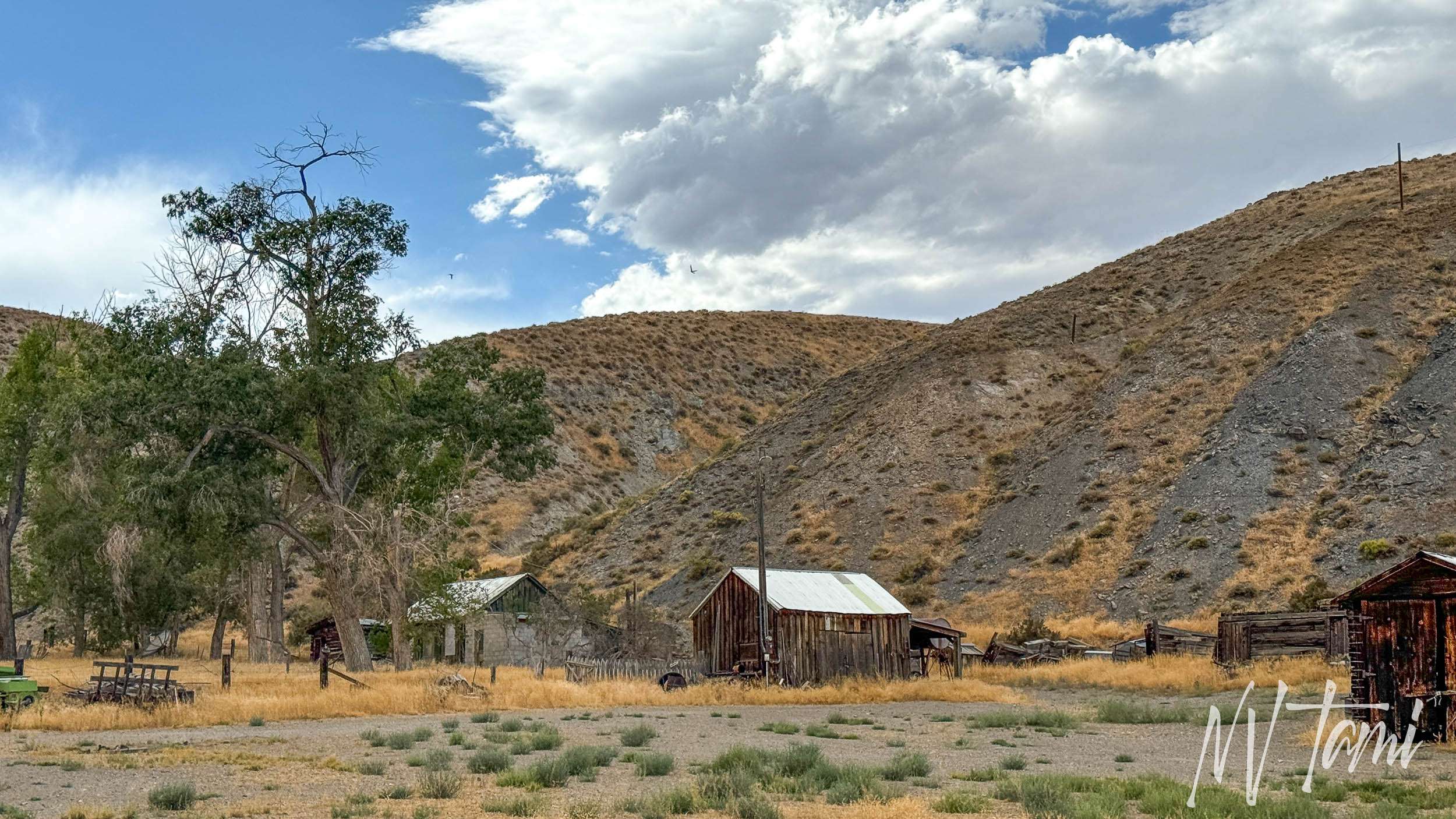
With the railroad’s constant rumbling, Preble had more than its fair share of drama, including a shoot-out between a Conductor and a Tramp.
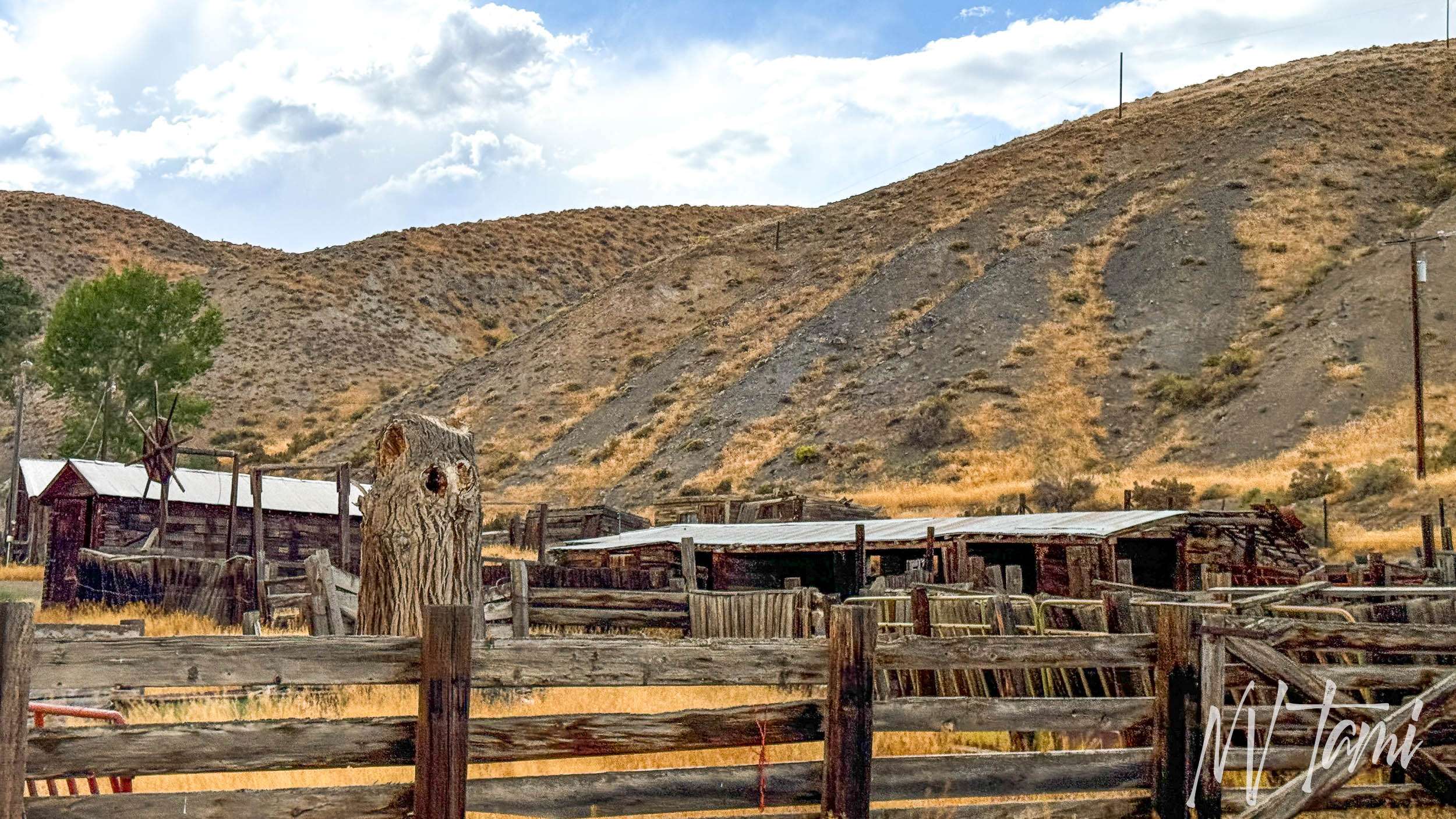
Paul Pinson

(Photo credit: Wikipedia)
Paul Armand Pinson was born in France on November 02, 1845, to Armand Pinson and Josephine Armandine Borlin. In 1853, at 8, Paul and his parents emigrated to the United States. The family landed in San Fransisco and Paul studied under the Jesuit Order for nine years.

(Photo credit: SI HIstory)
In 1862, Paul left home following a dispute over joining the Union Army during the Civil War. Paul had a sense of adventure. He joined expeditions, including Clarence King’s first ascent of Mt. Whitney by a white mountaineer.

(Photo credit: Smithsonian)
During the construction of the Central Pacific Railroad, Paul worked as a hunter, selling meat to the railroad to feed its workers.

In 1863, Paul re-joined his family in Winnemucca, working in mines and milling. He also worked for the ill-fated French Canal Company, which planned to bring water from the Humboldt River at Premble to more than forty stamp mills above Mill City. Paul also worked on several mining claims in Paradise Valley.

Paul married Mary Johanna Polkow on January 29, 1880 at Spring City. The couple had two sons and six daughters.
Pinson Ranch
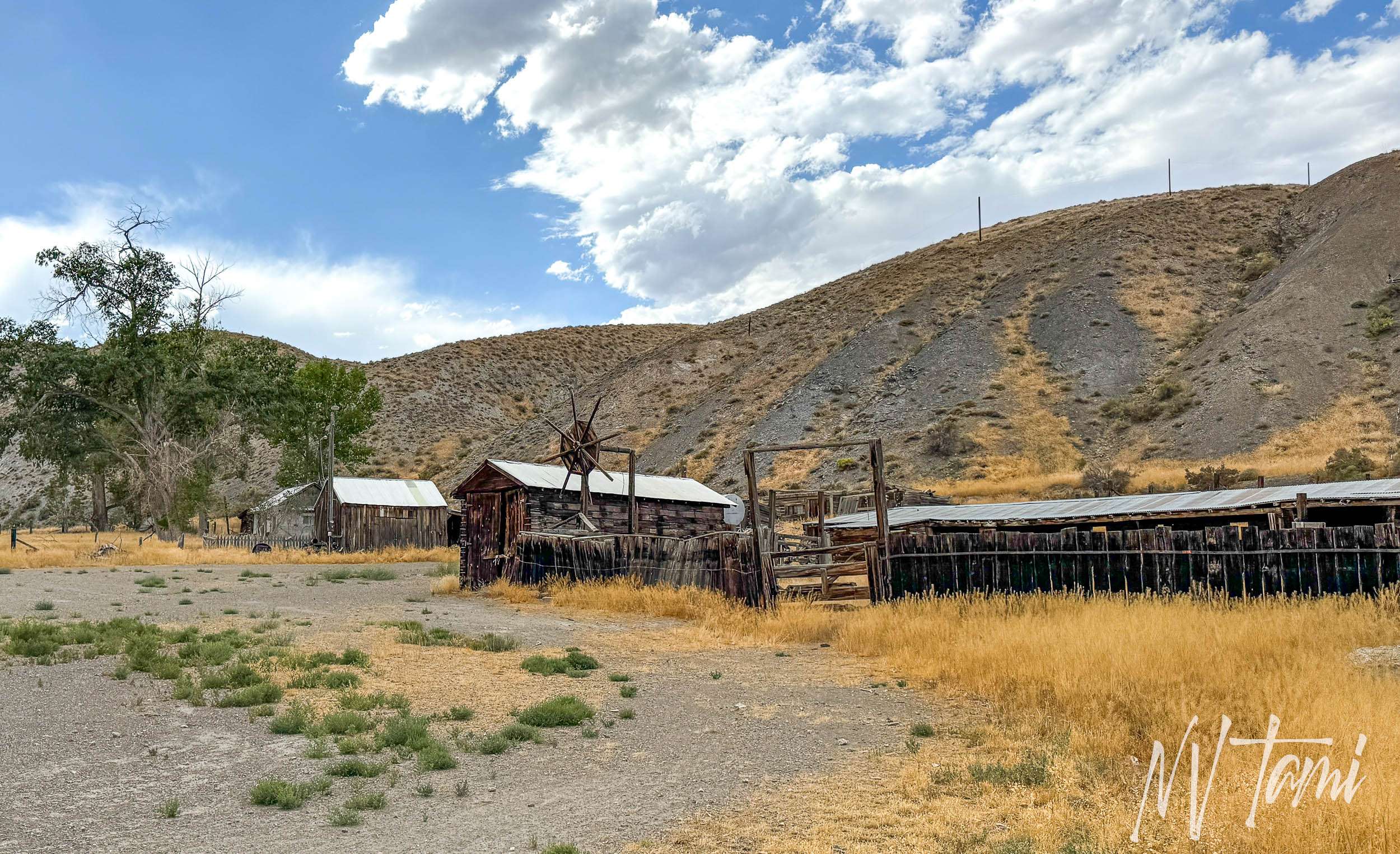
Paul worked his claims and accumulated enough funds to purchase a 160-acre ranch at Preble in 1885. The settlement and mountain were named in honor of Charles S. Preble, the surveyor general between 1877 and 1880. The property sat on the Humboldt River northwest of Golconda.
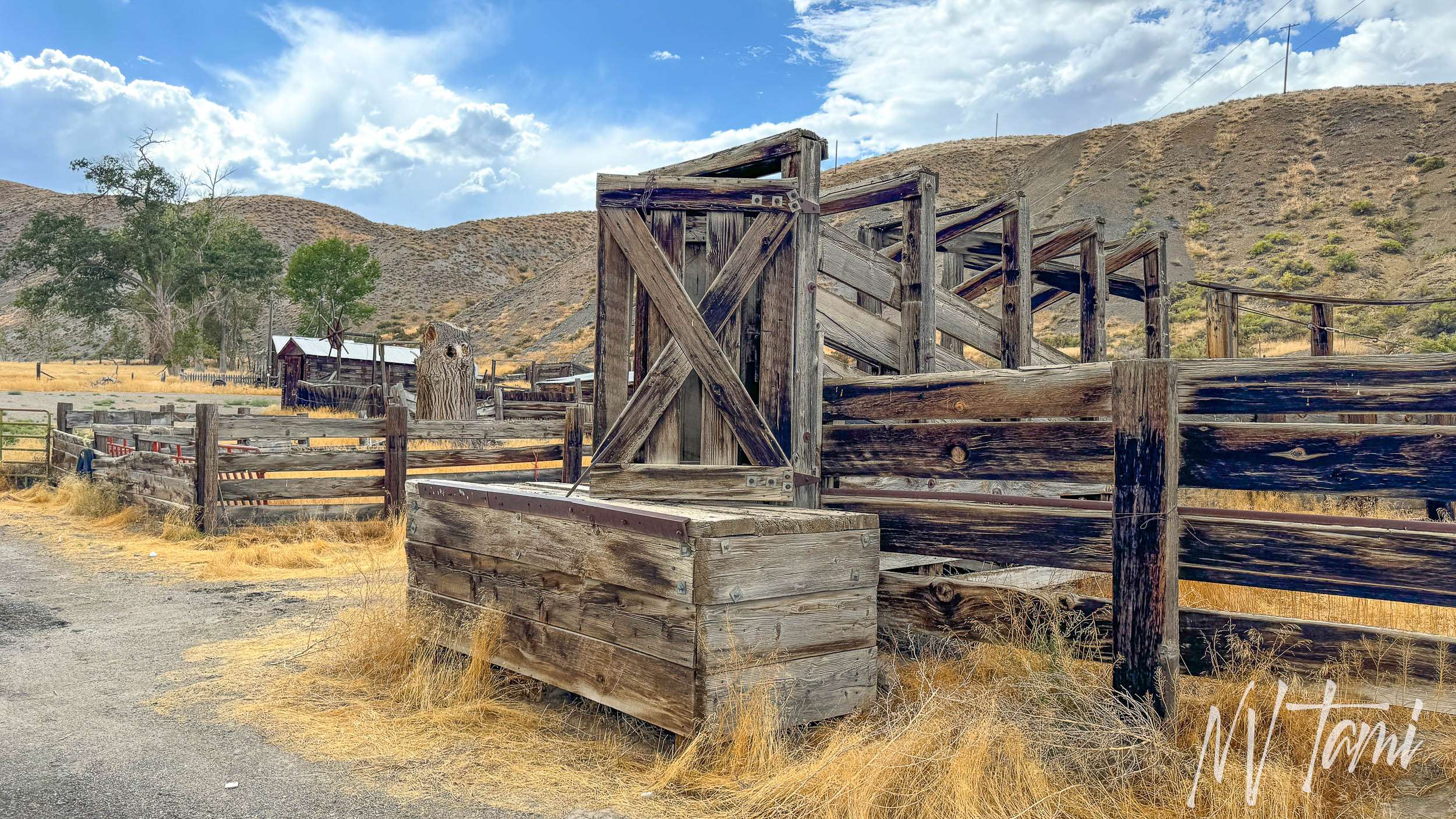
Over the years, Paul expanded the ranch to 1,000 acres. He died at age 71 on August 17, 1917, and was buried in Winnemucca. Pinson Ranch remained in the family and was recognized as a Nevada Centennial Family in 2004. Several early buildings remain, including a ranch house the family believes Paul built in 1884.
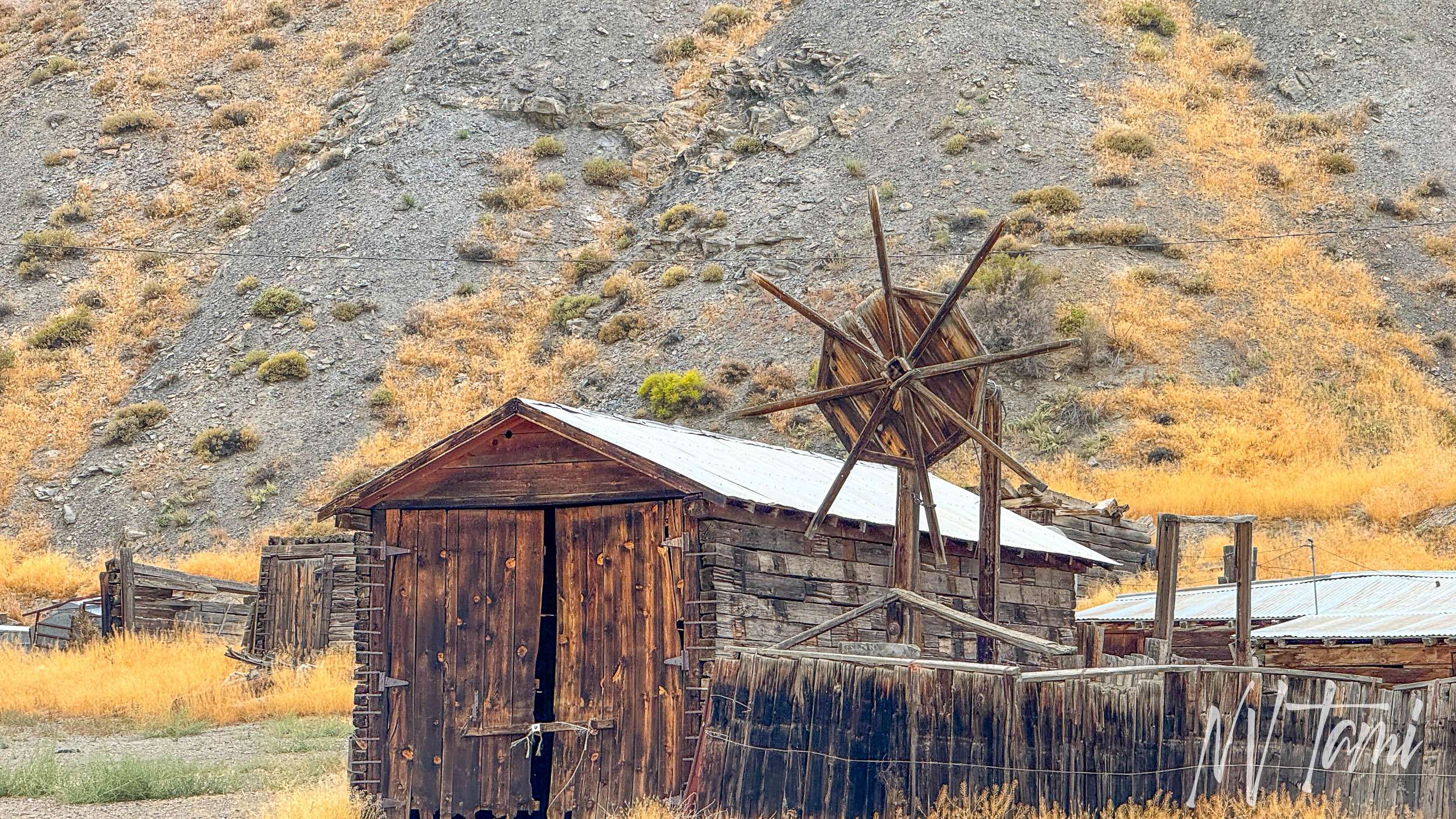
Railroad

(Wikipedia)
With the arrival of train travel, Preble became a stop on the Central Pacific and Western Pacific Railroads. The earliest timetable shows Preble in 1899.
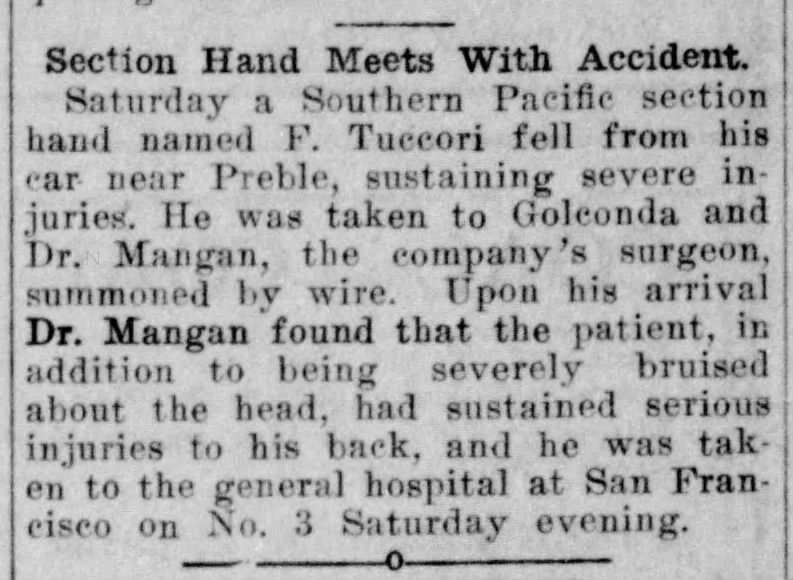
Winnemucca, Nevada · Tuesday, March 14, 1911
Railway work was dangerous. In 1911 F. Tuccori, a station hand, fell from a car. Dr. Mangan evaluated him in Golconda and transferred him to the hospital in San Fransisco.
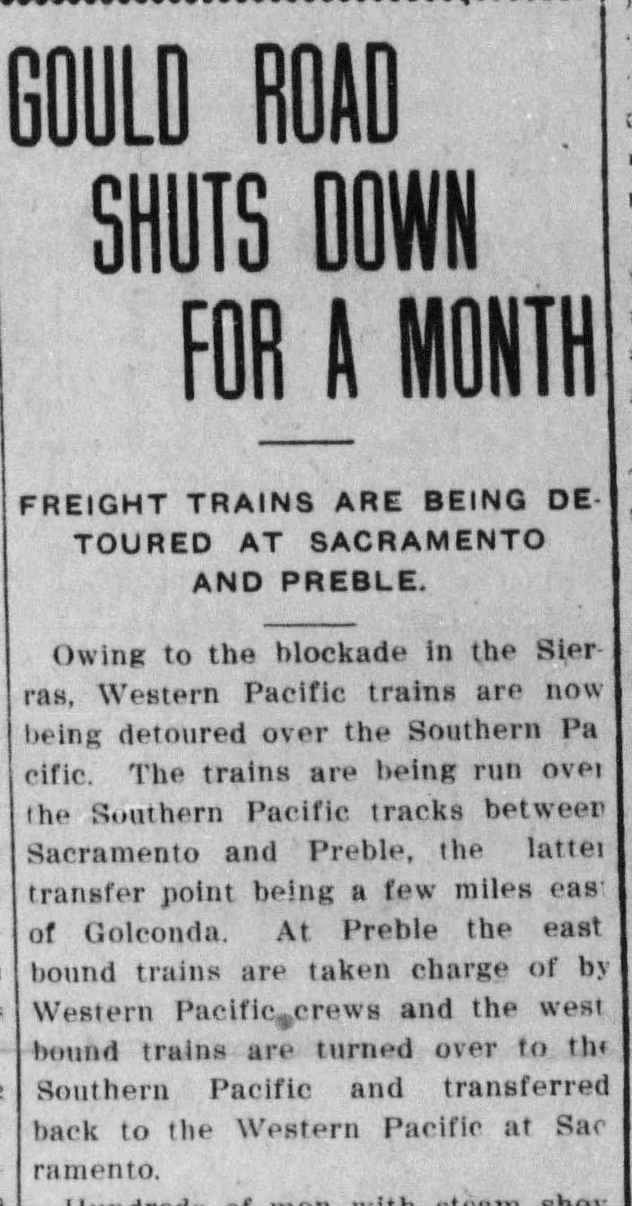
Tonopah, Nevada · Wednesday, January 07, 1914
For a time, Preble became a detour for the Western Pacific following a blockade in the Sierra. Western Pacific and Southern Pacific would exchange trains at Preble.
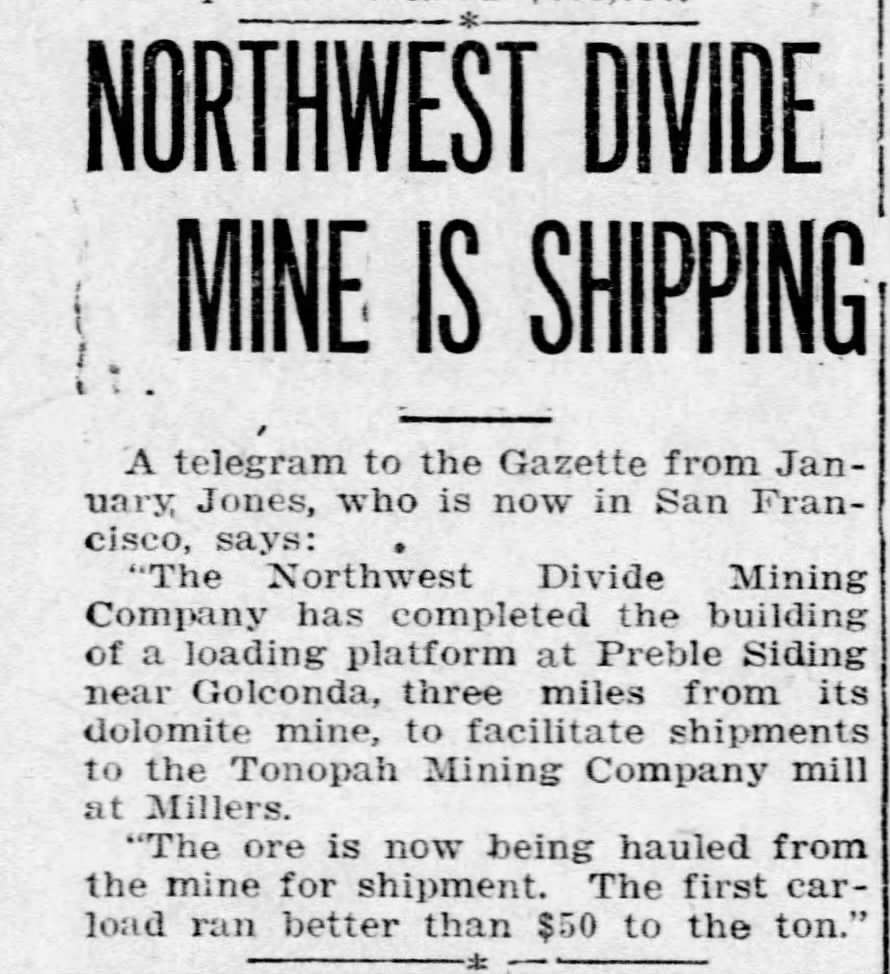
Reno, Nevada · Friday, April 27, 1923
In 1925, Preble had a siding that supplied the Dolomite mine. Western Pacific considered moving the depot from Golconda to Preble to serve Gold Circle better.
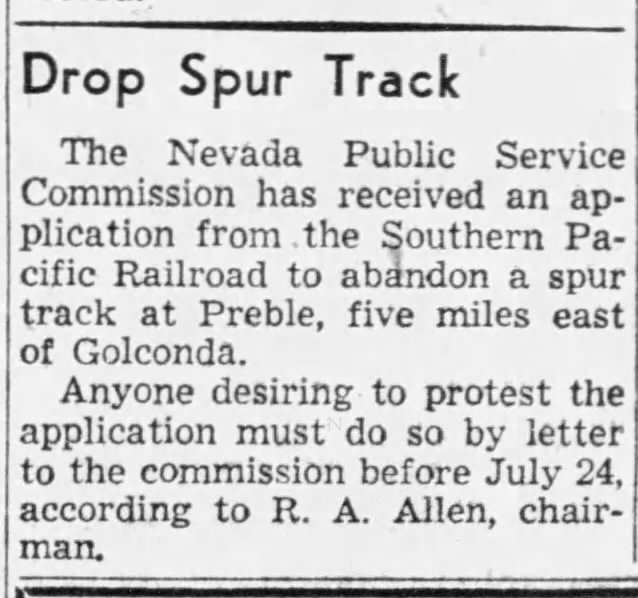
Tue, Jul 16, 1957 ·Page 10
By 1957, mining declined and Southern Pacific Railroad petitioned to discontinue service to Preble.
Pinson Mining Company
Paul’s sons Clovis and Victor purchased a ranch north of the family property in 1945. In 1914, Cloves filed mining claims after finding gold outcroppings. Along with partner Charles Olgee, they worked with Getchell Mines to work the claims, producing 100,000 tons of low-grade gold ore. With Cloveis’s death In 1947, they believed the mine had played out. The family kept the claims for sentimental reasons.
Over thirty years later in 1970, Cordex 1 leased the claims. Over nine years, they spent over $1,000,000 developing the mine.

(Photo credit: Atkinson Construction)
The Pinson Mining Company’s grand opening was on May 12, 1981. A Boeing 737 flew from Canada, and a second plane flew from Reno to Battle Mountain with 400 stockholders. They toured the modern gold mine and then enjoyed BBQ and Bluegrass music.
Death of One of a famous peace officer

Tragedy visited the Pinson Ranch in 1933. Camille Pinson, Paul’s daughter, had recently divorced ranch foreman Glenn Hibbs and won custody of their 5-year-old daughter, Mary Ellen. Hibbs was distraught over the loss of his blue-eyed, straw-haired hair daughter, who he called “Jo.”
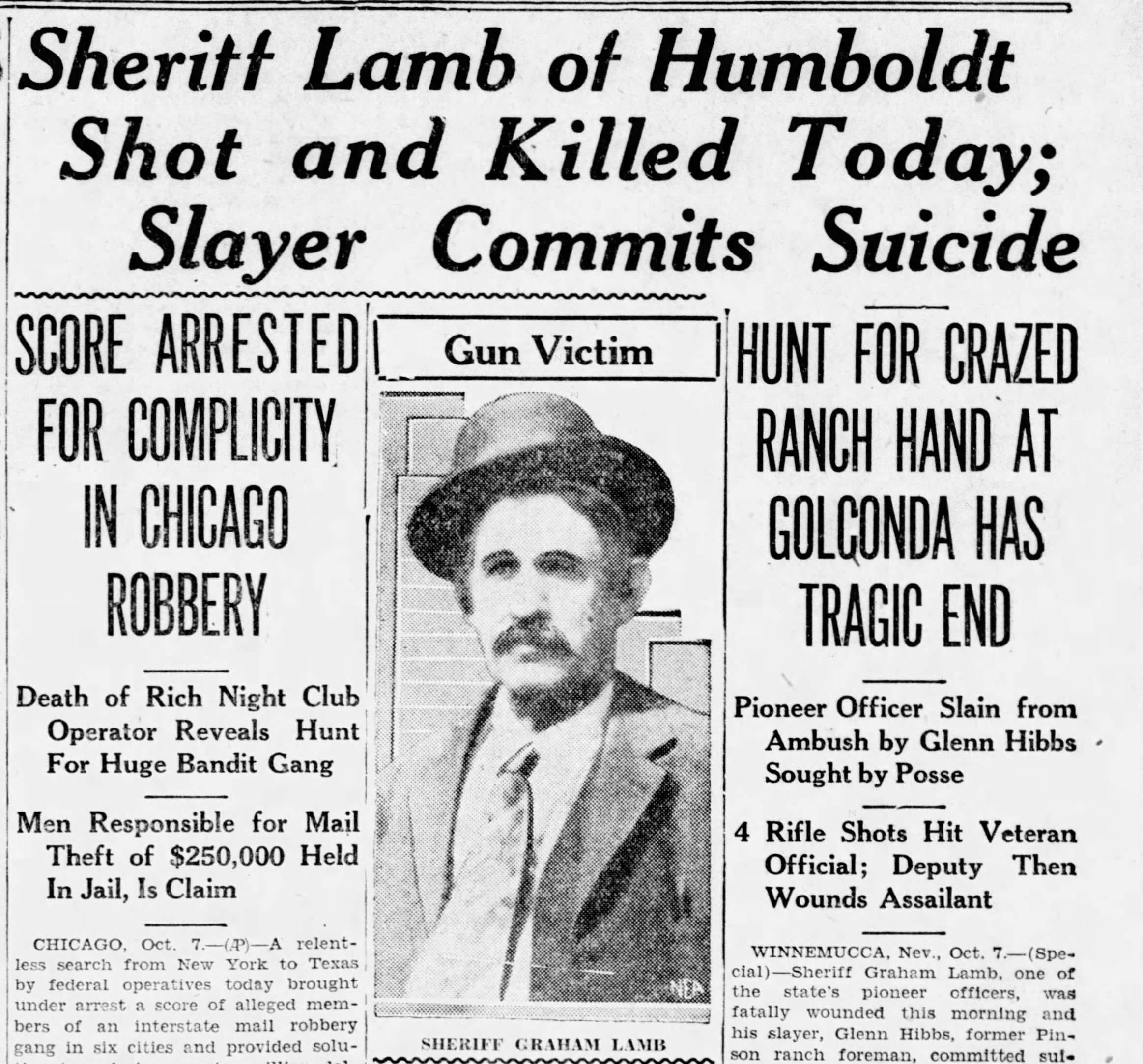
Reno, Nevada · Saturday, October 07, 1933
Glenn arrived at the ranch house to find Camille alone, and an argument ensued. Camille was knocked to the floor and kicked in the face after attempting to prevent Hibbs from reaching a 16-gauge shotgun. Alerted to the fight, Camille’s brother Victor and ranch hand Robert Diehl came running. The two were able to gain control of the rifle, but Hibbs escaped. After cutting the telephone line, Hibbs headed to Golcolna, where he purchased a knife and ammo for a 30-30 rifle.
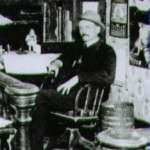
(Photo credit: Find a Grave)
The Pinsons contacted law enforcement. Deputy Sherrif Erling Prout moved Camille and Mary Ellen to Winnemucca. Under famed Sherrif S. Graham Lamb, a posse searched for the “crazed man.”

(Photo credit: Officer Down Memorial Page)
The Nevada State Journal describes Sherrif Lamb as “One of the most famous peace officers of the West.” He was known as a tough but fair lawman who served as the Humboldt County sheriff for over 20 years.
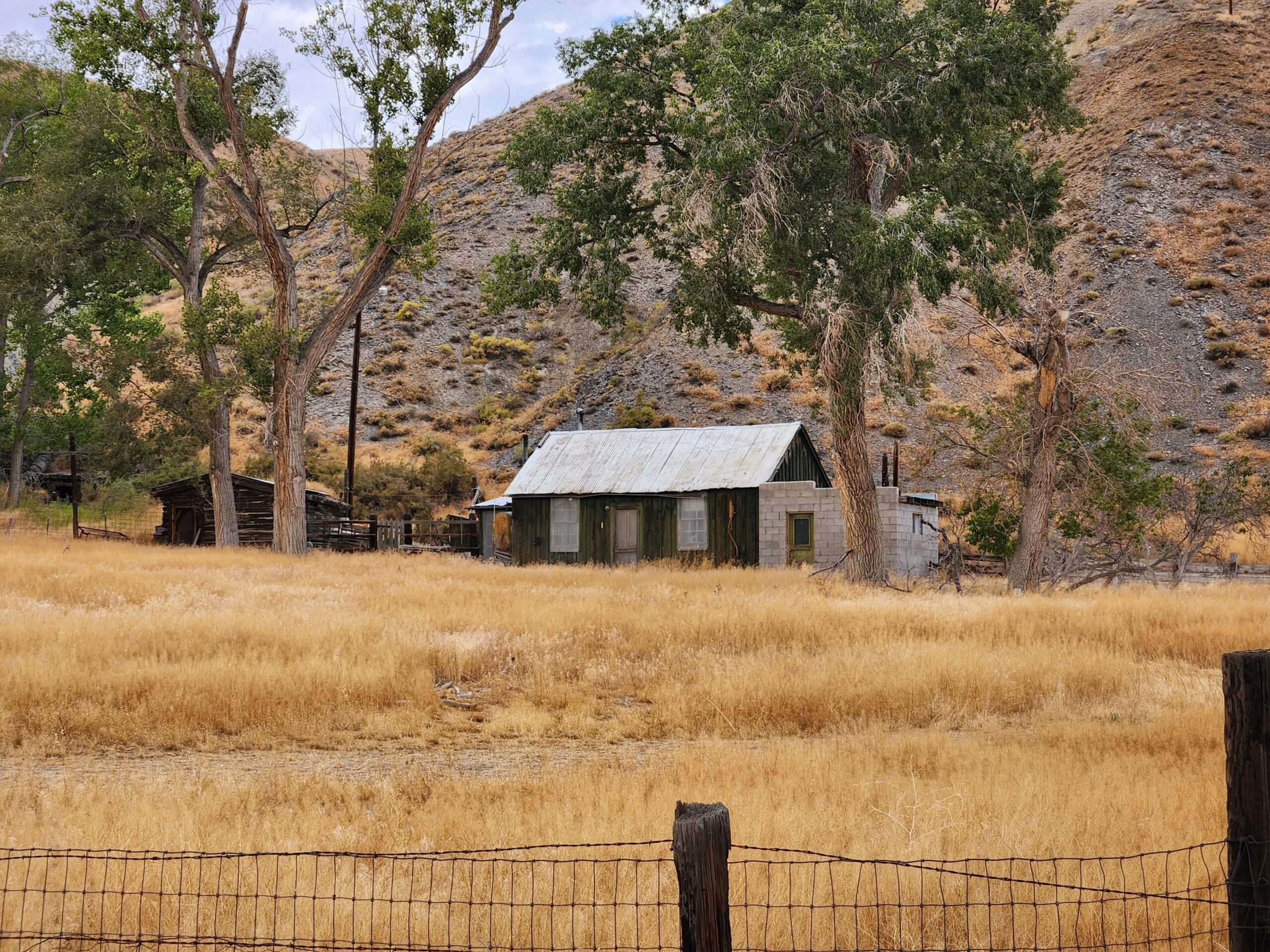
(Photo credit: Nevada Expeditions)
The morning after the search began, Sherrif Lamb exited the Pinson Ranch house. Hibbs had been hiding above on a hill and shot Lamb four times with a 30-30 rifle. Hibbs fled and wrote a letter to his daughter in an ammo box before turning the rifle on himself and ending his life.
I came to the Pinson Ranch to visit peacfully and seriously. Your mother and aunt tried to shoot me and did run me away. What will happen now I do not know. I am not responsible for what does. So goodbye my sweetheart. Daddy
Sherrif Lamb was taken to the hospital in Winnemucca, where he died shortly after arrival. His funeral was widely attended, and his legendary law enforcement career is still being written about today.

(Photo credit: Humboldt County Museum)

who Lamb killed in the line of duty in 1908.
(Photo credit: Dr. Fred Anderson Elko Free Press on March 3, 1987)
Shot a Tramp

Tramps and Hobos
Tramps and hobos have their roots in the 1860s. Following the Civil War, many veterans lacked transportation and hopped on train cars to return home. Men and a few women who wanted to head to the promised western United States but lacked funds hitched a stealthy ride on the rails. While the terms tramp and hobo are often used interchangeably, they have slightly different meanings. Both travel on trains unpaid, but a hobo is looking for work while a tramp looks to avoid work.

(Photo credit: Wikipedia)
In 1905, there were an estimated 500,000 tramps and hobos in America. By 1911, this increased to over 700,000; other sources say there were over 3 million. During the Great Depression, this number exploded with men looking elsewhere for a better life.

The life of tramps and hobos was difficult. Many lost limbs or their lives getting caught under train wheels, between cars or crushed as freight shifted and fell. Those unfortunate enough to hide in refrigerated cars were locked in and not found for weeks.

Hobos developed their own code of communication. They would leave a symbol on houses indicating how the owners treated traveling men. Hobos even had a yearly national convention, the National Hobo Convention, in Britt, Iowa. In 1894, they adopted a hobo code and oath.
“I _____, solemnly swear to do all in my power to aid and assist all those willing to aid and assist themselves. I pledge myself to assist all runaway boys and girls an induce them to return to their homes and parents. I solemnly swear never to take advantage of my fellow men or be unjust to others, and to do all in my power for the betterment of myself, my organization, and America. So help me God.
Shooting at Preble
Needless to say, train companies weren’t happy with riders not paying for their ticket. Trains had their own law enforcement, known as “bulls,” who often handled non-paying passengers with violence.

In August of 1900, Train No. 6 threw a tramp off at Preble and he hopped the next train. Conductor, N.S. LaPoint attempted to remove the tramp from the train, but the man drew a revolver and chased the unarmed LaPoint through the cars to the caboose. Securing a firearm, LaPoint went in search of his adversary.

(Photo credit: Oregon Historical Society)
Locating his prey, LaPoint fired a warning shot into the air. The tramp took a “snapshot ” at LaPoint, barely missing him. He fired a second time, but the cartridge malfunctioned. LaPoint fired, hitting the tramp’s hand and grazing his abdomen.

(Photo credit: International Military Antiques)
LaPoint and the train transported the injured tramp to Battle Mountain, thinking he was severely wounded. Dr. Hood evaluated the tramp, who recovered enough to continue his journey the following day. It is a good thing his gun misfired. Otherwise, there would have been a “hanging bee (sic) with his tramp ship as the central figure.”

Winnemucca, Nevada • Mon, Aug 20, 1900Page 3
WANT MORE GHOST TOWNS?
For information on more than five hundred ghost towns in Nevada & California, visit the Nevada Ghost Towns Map or a list of Nevada ghost towns.
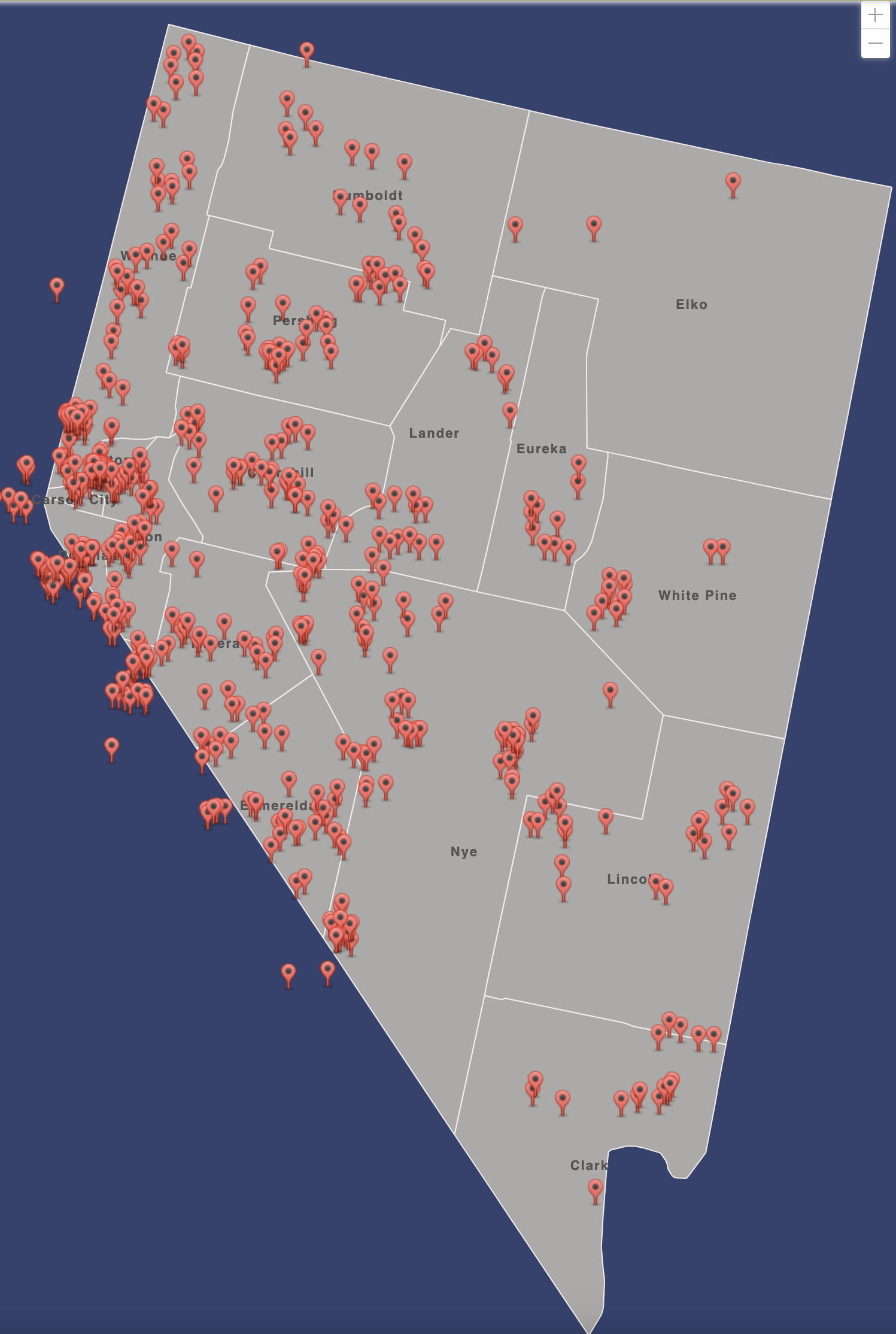
References
- Nevada Department of Agriculture: Nevada Centennial Families
- Carlson, Helen S. Nevada Place Names a Geographical Dictionary. University of Nevada Press, 1974. Page 194.
- Officer Down Memorial Page: Sheriff Selah Graham Lamb
- National Security Agency: Hobo Communications: A Brief History of Hobos and Their Signs
- Reno Gazette-Journal
- Reno, Nevada · Friday, April 27, 1923
- Reno Gazette-Journal, Dec 25, 1925 ·Page 7
- Reno Gazette-Journal: Historic Golconda
- The Silver State, Aug 20, 1900Page 3
- The Silver State, March 14, 1911
- Tonopah Daily Bonanza
- Tonopah, Nevada · Wednesday, January 07, 1914
- University of Nevada Reno: Pinson Mining Company
- Wikipedia: Hobo
Roger White says
Thank you, for allowing Me to be placed on this Email List. I love reading the stories & history of Nevada. I’m a history Fanatic, so every tidbit is interesting. I appreciate it!
Tami says
Welcome, and thank you for joining the newsletter! Readers say they like it more via email as they open it on their computer instead of a phone. And they don’t have to depend on Facebook to determine what they think people want to see.
Richard McGrew says
Didn’t know the info on tramps and hobos. That was really interesting.
Tami says
Thanks, I thought so too! I could have gone down a rabbit hold looking into them.
Did you know hobo gangs still exist? I worked with some who got thrown off trains and ended up in the hospital with multiple amputations.
Roger Peterson says
Great stories as usual! I doubt I will ever see i/10th of the ground you cover. I envy your freedom and mission.
Tami says
Thanks. I am fortunate I can travel as much as I do and that my family supports my crazy obsession!
Joe Cashin says
Thank you Tami,
I love reading about history of Nevada.
Never knew anything about the ole hobos and also bout the law back then.
Old history and mining ⛏️ .
Thanks
Keep sending.
Tami says
I could have gone down a rabbit hole with the hobo gangs. I worked with some in Oregon, I had no idea they existed.
Joe Cashin says
At One when I was little younger I hopped a train and met a few hobos
Sat talk a little met some of them in a hobo camp well will say this they knew they how to cook up some old Mutton Stew yuck then went on my way thank them
It was interesting awe when young went gold panning around Nevada and Arizona
Tami says
That sounds interesting, and a little sketchy!
Gary says
Hi Tami.
I so appreciate your Nevada ghost town stories myself being a transplant from California. I was particularly interested in the above story as I was a Train Conductor for 45 years. My last assignment was Amtrak’s California Zephyr. My run was Reno to Winnemucca. Keep up the good work I know so many Nevadans, myself included, love the rich history of the Silver State. Thanks so much!
Tami says
Thank you, I’m glad you enjoyed the story. I have wanted to take the Amtrack from Reno to Sacramento and back, maybe in the fall or winter.
Did you have issues with hobos? We had them in Klamath Falls but those were mostly freight trains. I had one who was thrown by a hobo gang and had a triple amputation.
bob says
Thank you Tami for your travels and information. Once again I’ve learned what I did not know before.
Tami says
Thank you, and you are welcome. The history of hobos was interesting.
Bill Curtiss says
Very interesting great research I am gonna read this one a couple times. That large wheel on the ranch was used for butchering beef had to make it very large for leverage but you probably knew that thanks Tami I really enjoy these stories and photos
Tami says
Thank you, and no I didn’t know about the wheel! I even asked ranch boy Hubby and he didn’t know. I was thinking some kind of a hay derrick.
Jim Shields says
Just signed up for your Newsletter. Can’t wait to read more about the Ghost Towns of Nevada. I am planning to retire soon and hopefully will be visiting some of these places as well.
Tami says
Welcome and glad you found me and signed up. Followers like the newsletters more than social media as they get new articles first and more often open it on a computer which has a better layout.
I hope you get out and enjoy retirement!
Dellilah says
Just came back from a weekend of mineral hunting around Lone Pine. Is the ranch still in use, can someone visit it? Always interested in the places you post about and the possibility of going to see for myself.
thank you!
Tami says
I’m unsure if these buildings are still in use, but the property was marked private.
Midas is fun nearby to wander around. If you run into Miner Mike, he will give you a tour of his mines and part of the old town which is private property.